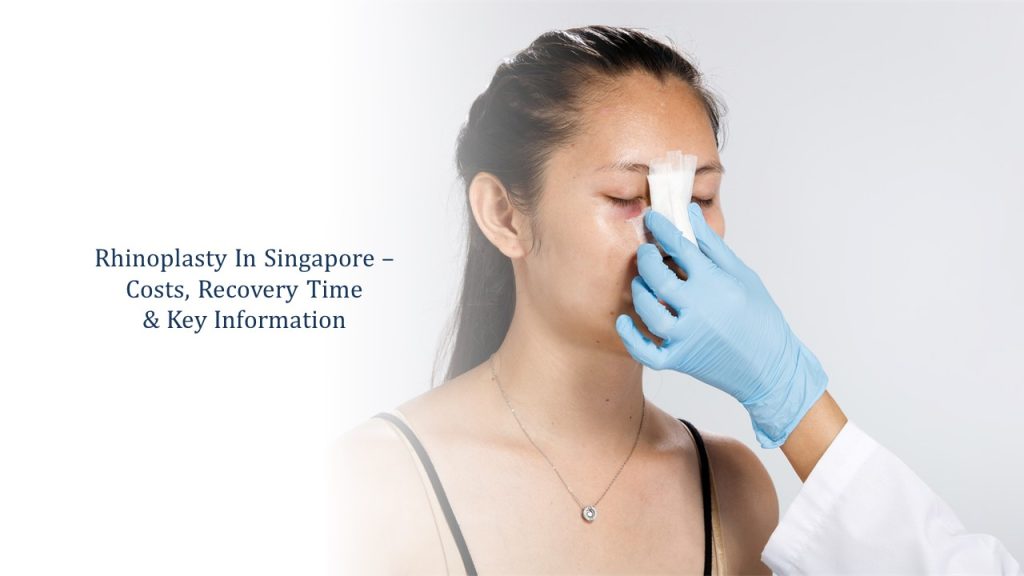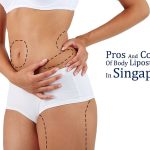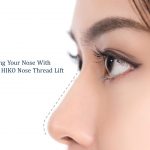Do you know that according to the 2017 Plastic Surgery Statistics Report, presented by the American Society of Plastic Surgeons, rhinoplasty is the 3rd most commonly performed surgery around the globe? It is highly popular among Asians as they have relatively flatter and less defined noses, and therefore, undergo such procedures to get their nose in a better shape.
If you are planning to have rhinoplasty but do not know much about the procedure, applications, rhinoplasty cost in Singapore, you may find more insights about this procedure in the following. This article carries all the important information you need to know about rhinoplasty.
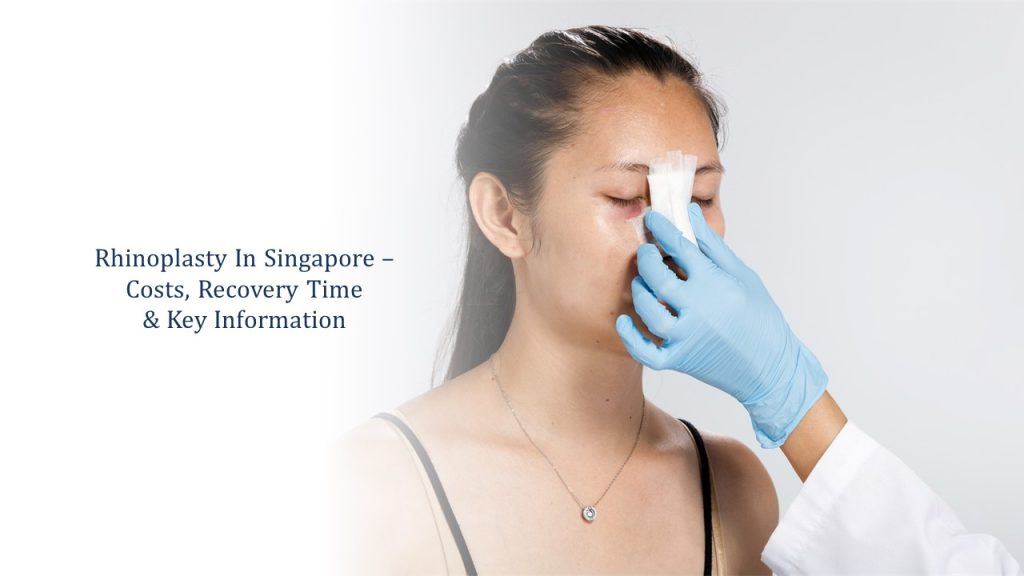
What Is Rhinoplasty?
Rhinoplasty, or nose job, is a plastic surgery treatment done either to improve the overall appearance of the nose or to restore its function which has been altered due to a congenital or acquired medical condition.

What Are The Benefits Of Rhinoplasty?
Health Or Therapeutic Benefits
Rhinoplasty often seen as a method to exclusively improve facial appearance. In fact, it can also give health or therapeutic benefits, as listed below:
Breathing Becomes Easier
A smooth airflow or breathing requires a patent and wide open respiratory passage, but a deviated nasal septum or any other related anatomical anomaly of the nose can narrow down this passage and makes breathing difficult for you. Correcting the deviated nasal septum or widening the nostrils with rhinoplasty, for example, can resolve such breathing issues.
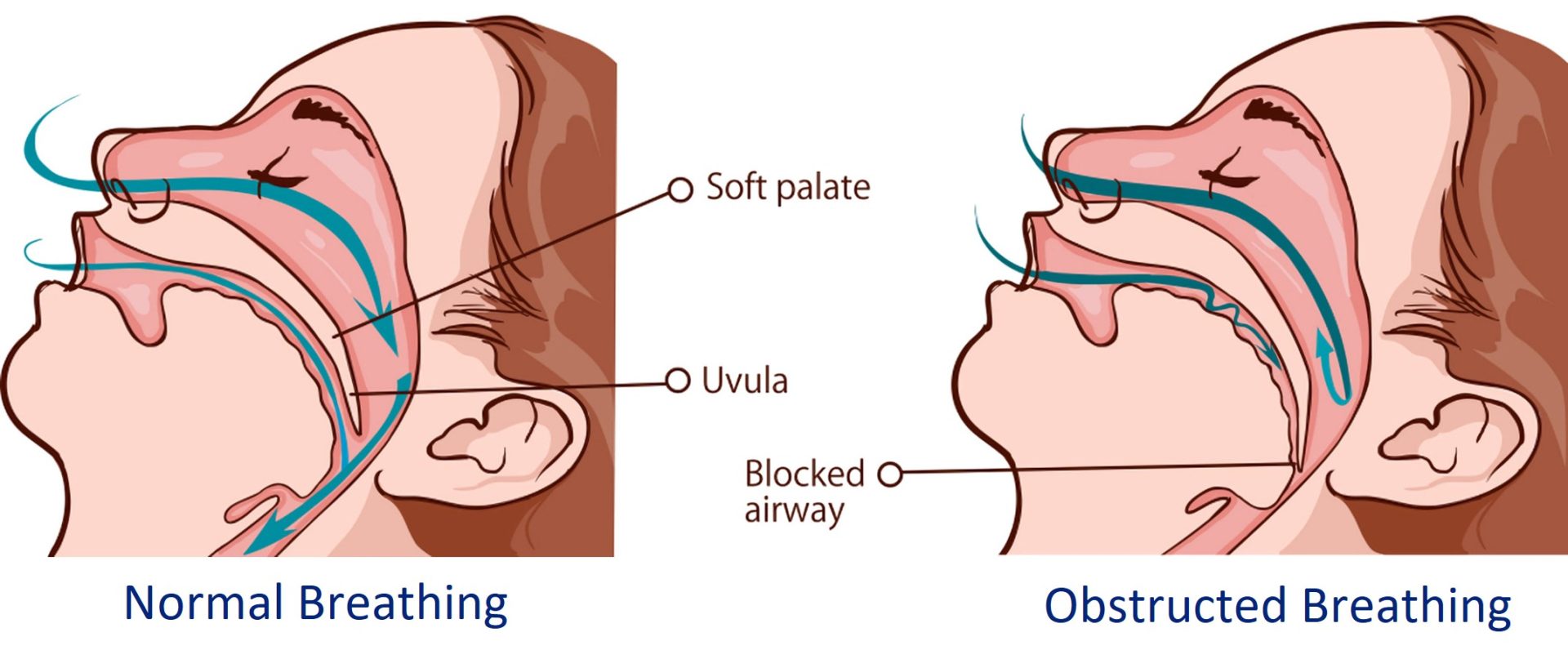
Better Sleep At Night
Troublesome breathing can interfere with your sleep patterns as well. Sleep apnea, sinus infections, sinus pressure headaches, etc, are all such medical conditions which can occur due to a narrow nasal passage or deviated nasal septum and affect your night sleep. A functional rhinoplasty can treat such conditions and allow you to have a good night’s sleep.
Rectify A Congenital Defect
Besides, there are some congenital birth defects, like cleft lip or palate can affect the appearance of the nose and that can be rectified with the help of rhinoplasty.
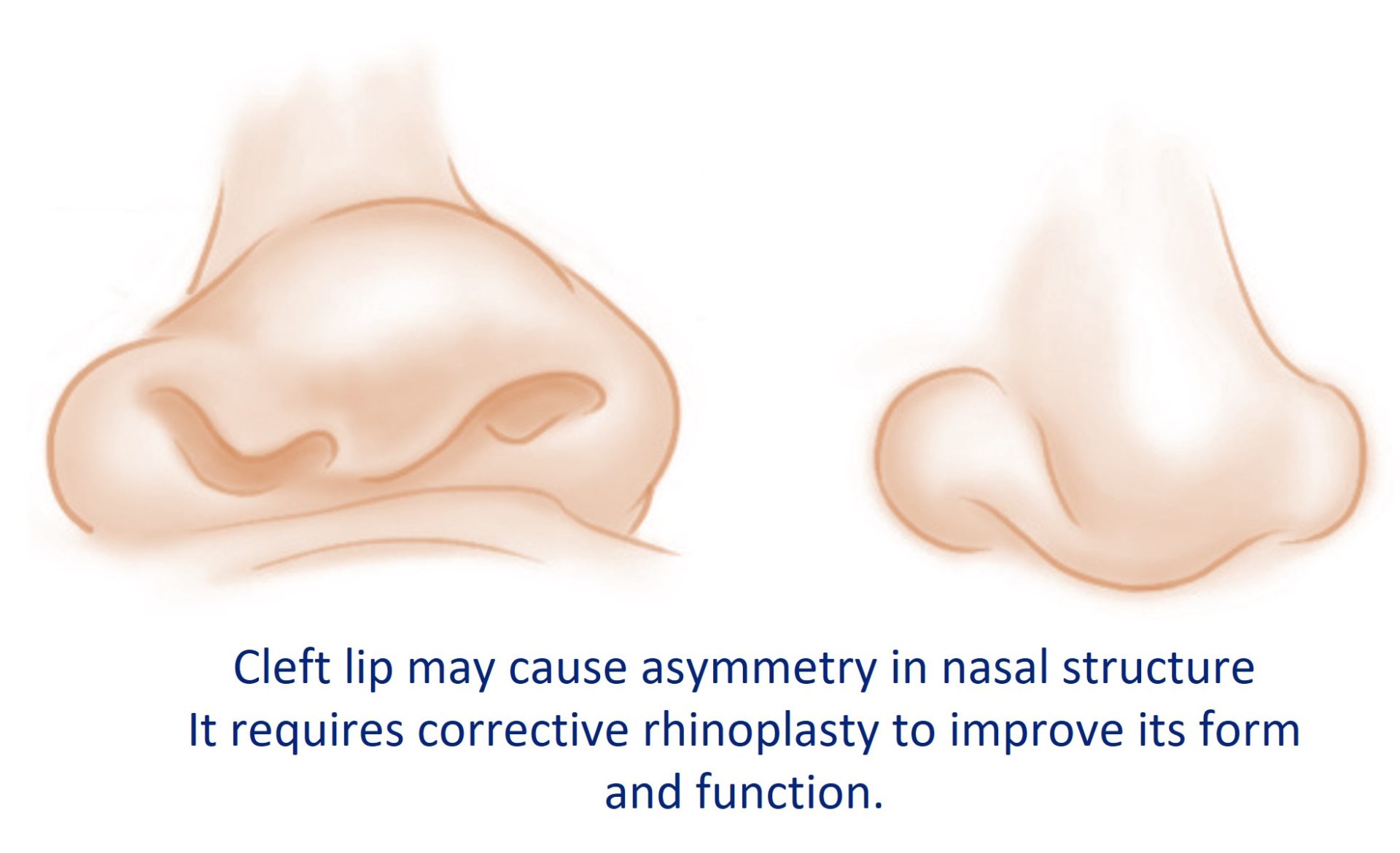
Emotional Benefits
No matter whether you are undergoing rhinoplasty to improve the shape or function of the nose, this surgery will bring many emotional benefits it. Some of these are discussed below;
Change Your Perspective About Yourself
If you are not satisfied with the shape and appearance of your nose or dislike it, you might end up centering a lot of negative energy towards it. Rhinoplasty can bring you out of this self-hatred phase, and change your personal view about yourself.
Boost Self-Confidence And Self-Esteem
Once you start feeling good about how you look, it will reflect through your attitude. You will notice a significant increase in your self-confidence and self-esteem.
No More Bullying
An asymmetrical nose often becomes a matter of undue attention, talk, or bullying. It happens especially with school-going children and teens. The way other children make fun of the nose is very difficult for a kid to endure, and it may shatter his or her self-confidence. Rhinoplasty is a good solution to address this issue in extreme cases.
It is recommended for people who have a crooked nose i.e. the whole nose or its septum is bent to one side. It interferes with the normal flow of air, and therefore, may also cause nasal obstruction. Corrective rhinoplasty restores the normal function of the nose and also improves its aesthetic appearance. It can be done in the following way;
- Mild Deviation – If the deviation is mild and there is no complaint of breathing difficulty, it is corrected by the placement of an implant that straightens the nose bridge.
- Severe Deviation – If the deviation is severe, it can be fixed either by nasal bone adjustment or septoplasty.
Revision Rhinoplasty
People who are not satisfied with their nose job’s results, have developed inflammation, have experienced shortening or upturning of their nose due to contracture formation after surgery, or their implants are displaced from the desired position, can consider a revision rhinoplasty.
When And Why Spending Money On Rhinoplasty Is Better Than The Non-surgical Nose Jobs?
Here are a few conditions when it is better to spend money on rhinoplasty instead of going for non-surgical treatment options;
- When you want a permanent solution to your condition rather than undergoing repeated and maintenance sessions of non-surgical nose jobs every year. The results of rhinoplasty take time to become fully apparent but are permanent.
- When the previous non-surgical treatments have failed in attaining the desired outcomes.
- If you have nasal features like crooked, humped, wide nose, etc (mentioned above), that can be rectified only by surgery.
- When you have a condition that is interfering with normal functions of the nose, i.e. breathing, or serving as a risk factor for other nasal pathologies, for instance, the deviated nasal septum is the cause of recurrent attacks of rhinosinusitis.
How Is Rhinoplasty Done?
Rhinoplasty is done in the following steps;
Initial Assessment
In the first meeting, your doctor will take a thorough look at your nose, and make an initial assessment of what changes are required to improve the overall appearance of the nose or to treat an underlying medical condition. The plastic surgeon will also decide which type of rhinoplasty needs to be done, how extensive the procedure would be and the technique required for the procedure.
Pre-operative Preparation
Before the operation day, you have to abide by some general dietary and lifestyle recommendations to ensure a smooth surgery. For instance, you need to avoid caffeine, alcohol, smoking, etc, before the surgery, as they may enhance the risks of swelling, bleeding, and bruising.
Besides, some preparations are being made on the day of surgery. For instance, general anesthesia will be given before the surgery to make the procedure process painless. Similarly, your nose will be cleaned with a disinfectant to minimize the risks of infections.
Incision
After the initial preparation, incisions will be made. It is done either using a closed or open approach, as described below;
- Closed method – In the closed technique, all the incisions are given inside the nose, so, there are no visible external scar marks in the end. It is done when only subtle changes in the nose are required.
- Open method – In this open rhinoplasty approach, an additional incision is made externally a few millimeters below the columella (the soft fold of skin dividing the nostrils). It is chosen when significant adjustments to the nose need to be done.
Reshaping And Resizing Of Nose
After the incision, the surgeon will reshape or resize your nose by using one of the rhinoplasty techniques mentioned above.
Closure
Once the adjustments have been made, the surgeon will close the wound with the help of sutures.
Monitoring
After the surgery, you will be monitored for some time for any immediate side effects and complications like bleeding, hemorrhage, etc. Usually, there is no need for an overnight hospital stay, and you are good to go home a few hours after the procedure.
What Is The Rhinoplasty Cost In Singapore?
The rhinoplasty cost in Singapore ranges from $6000 to $20,000. Several factors contribute to determining the final price of nose surgery. These include;
- Type and complexity of nose surgery being done
- Duration of the surgery
- Skills and experience of the surgeon
- The anesthesia costs
- Consumables used during the surgery
- Operation room’s cost
- Facilities provided at the treatment center
- The locality of the treatment center
- Need for an overnight stay at the hospital
- Post-operative medications
- Number of follow-ups required
Will I Feel Pain During The Surgery?
Rhinoplasty is performed under local or general anesthesia. So, you will not feel any pain during the surgery.
Will I Be Able To Breathe Through My Nose After Rhinoplasty?
It depends upon the type of nasal dressing done after the procedure. Some doctors do not fully pack the nose after the surgery, so, you will be able to breathe through your nose. However, others prefer complete nasal packing. In such cases, you have to breathe through your nose until the packing is removed after a couple of days.
What Is The Downtime Of Rhinoplasty Treatment?
Rhinoplasty has a very brief downtime period. The pain subsides within 3 to 4 days, while majority of the swelling and bruising subsides within the first 2 weeks after surgery. Any discomfort after the procedure can easily be managed with the help of painkillers and nasal decongestants.
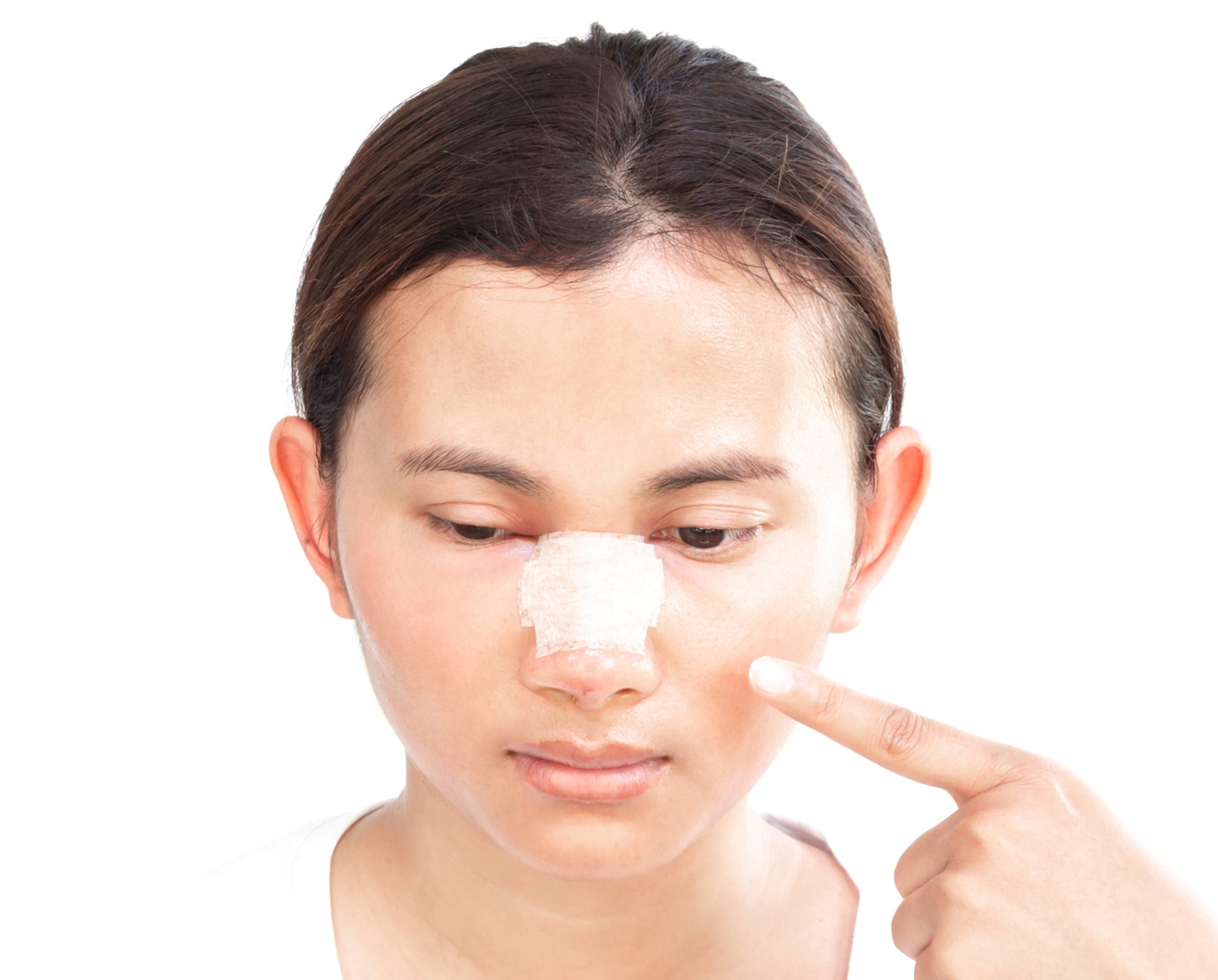
The splint is removed after 5 to 6 days after which you can go outside in public if you want to. There may be a little swelling or bruising present at that time but it can easily be covered up with the help of a concealer.
Are There Any Side Effects?
Although the risks are minimal, the potential side effects of rhinoplasty may include;
- Swelling
- Bleeding (hematoma)
- Infection of the wound site
- Poor wound healing and scarring
- Numbness or temporary loss of skin sensations of the treatment area
Side effects related to general anesthesia may include;
- Nausea
- Vomiting
- Sore throat – etc
Other rare but serious complications may include;
- Perforation of the nasal septum
- Nasal collapse or obstruction
Choosing an experienced plastic surgeon who is well versed in Rhinoplasty can help to reduce these risks significantly.
Is Rhinoplasty Covered By Health Insurance
Rhinoplasty has both cosmetic and therapeutic applications. As long as you are undergoing this procedure to improve the function of your nose, and to treat a medical condition like cleft lip, cleft palate deviated nasal septum, etc, its costs will be covered by the health insurance plans or Medisave.
On the other hand, if the purpose of undergoing rhinoplasty is solely related to the aesthetic enhancement of the nose, you will not be able to avail the benefits of health insurance policies.
Bottom Line
Rhinoplasty is a highly popular plastic surgery procedure around the world, particularly, in Asian countries like Singapore. It has both medical and cosmetic applications. It is an expensive treatment, and the rhinoplasty cost in Singapore depends upon multiple factors. It has very short downtime. It takes a few years for the recovery process to complete; however, you can get back to your routine life in a week or two. The risks of side effects are minimal.
About Dream Aesthetics and Plastic Surgery
Bespoke surgical for cosmetic or medical reasons is what Dream covers to bring out the beauty in every individual. Going beyond the aesthetics and working on physical anomalies are what we value the most in leading our patients to cherish self-improvement and confident lifestyles.
Derived from Associate Professor Vincent Yeow’s long-standing experience performing plastic surgery in Singapore, our treatment plans deliver physical remodelling in our patients’ favour. One of the notable remodellings is droopy eyelid correction. The ptosis surgery used for treatment eventually fixes drooping eyelids, improves vision and enhances appearance.
Most importantly, as a trustworthy plastic surgery and aesthetic clinic, we treasure positive and natural outcomes for each individual. We will ensure to deliver the beauty refinement of your dream without compromising your safety and privacy.

